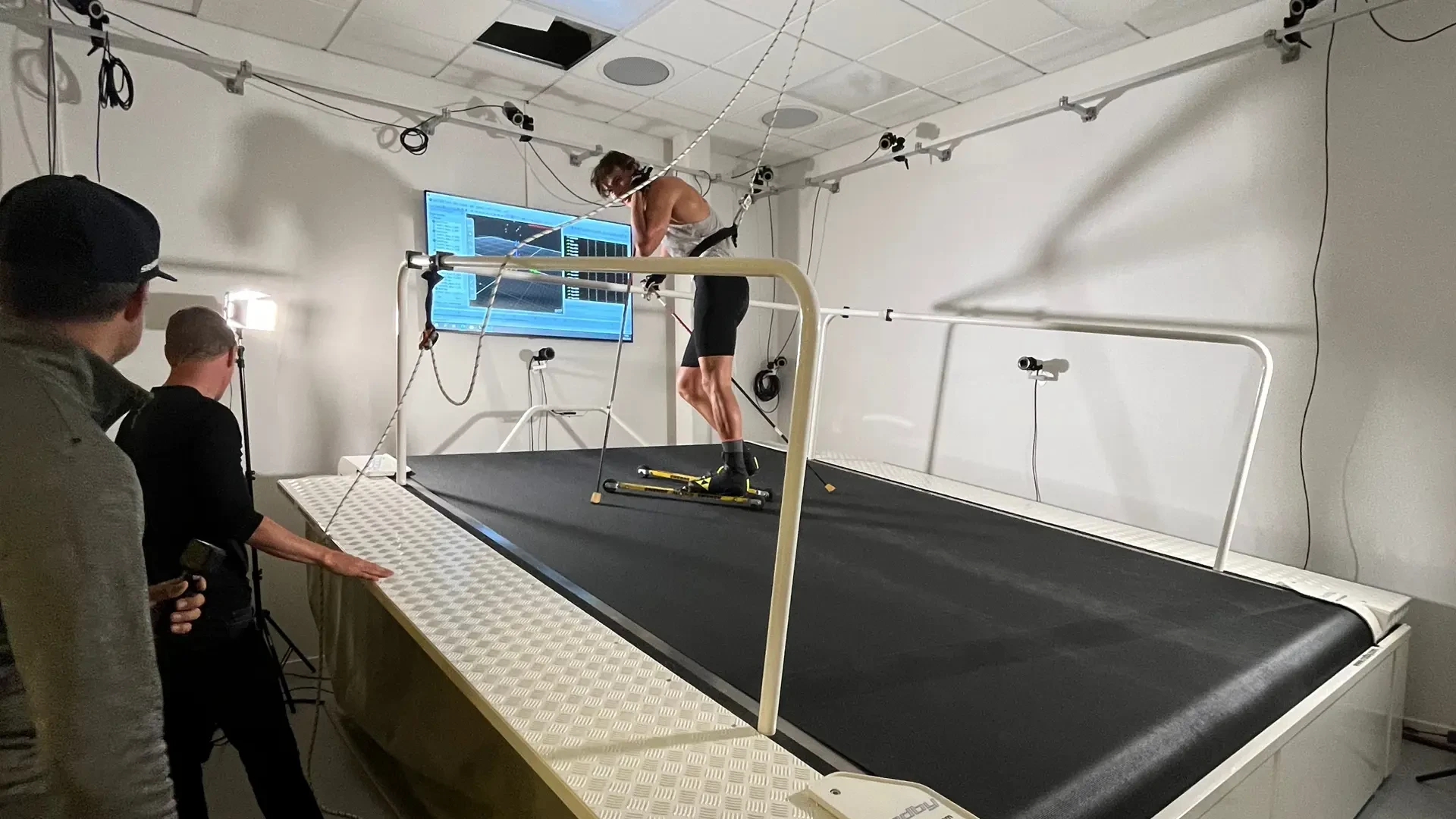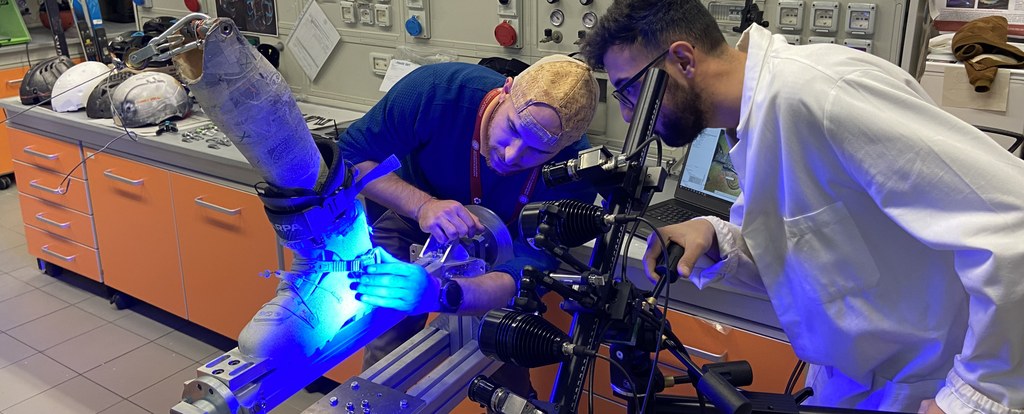The world of sports is no longer just about talent, practice, and physical strength. Today, athletes also rely on science and innovation to reach peak performance. Sports technology labs are at the center of this transformation. These labs bring together experts in data analysis, biomechanics, computer science, and medicine to create new tools and systems that help athletes train smarter, recover faster, and avoid injuries.
From motion-tracking cameras to wearable sensors and virtual reality (VR) training, the impact of sports technology labs is shaping the future of athletics. This article will explain how these labs work, why they are important, and the new opportunities they bring to athletes, coaches, and the sports industry as a whole.
What Are Sports Technology Labs?
Sports technology labs are research and testing facilities dedicated to developing new technologies for sports and fitness. These labs combine science, engineering, and sports knowledge to design devices, apps, and tools that can improve performance and safety.

They often focus on:
-
Performance tracking – using sensors, wearables, and data analytics.
-
Injury prevention – studying movements to reduce risks.
-
Recovery methods – testing equipment for faster healing.
-
Training innovations – VR simulations, AI-driven coaching, and more.
In simple terms, sports technology labs are where science meets sports to create a winning combination.
Why Are Sports Technology Labs Important?
For athletes, small improvements can make a huge difference. In professional competitions, the gap between winning and losing is often less than a second. Sports technology labs help close that gap by:
-
Improving Accuracy – Sensors give detailed performance feedback.
-
Saving Time – Data helps coaches design faster, more effective training programs.
-
Preventing Injuries – Motion analysis detects harmful patterns before injuries happen.
-
Boosting Recovery – Tools like cryotherapy and smart wearables speed up healing.
-
Enhancing Fan Engagement – VR and AR bring fans closer to the action.
Examples of Innovations from Sports Technology Labs
| Technology | Description | Impact on Sports |
|---|---|---|
| Wearable Sensors | Devices worn on the body that track heart rate, speed, and movement. | Helps athletes and coaches understand performance in real time. |
| Motion Capture Systems | High-speed cameras and AI software to study movement. | Improves techniques and reduces injury risks. |
| Virtual Reality (VR) | Simulated environments for training and practice. | Lets athletes practice safely and prepare for real game pressure. |
| Smart Equipment | Bats, rackets, or balls with built-in sensors. | Provides data on accuracy, force, and control. |
| Recovery Technologies | Cryotherapy, compression gear, and smart recovery tools. | Speeds up healing and keeps athletes ready for the next challenge. |
Sports Technology Labs and Athlete Training
In the past, athletes trained mostly through physical drills and repetition. Today, sports technology labs allow training to be highly personalized.
-
Customized training plans – Data from wearables tailors programs to each athlete.
-
AI coaching assistants – Virtual coaches give instant feedback.
-
Simulated practice – VR allows athletes to train in game-like conditions without risk.
For example, soccer players can use VR to practice penalty kicks, while basketball players can use motion tracking to perfect their shooting form.
Role in Injury Prevention
One of the most valuable contributions of sports technology labs is injury prevention. Injuries can end careers or set athletes back for months.
Labs analyze body movements, muscle usage, and stress points to spot patterns that could lead to injuries. With this data, coaches can adjust training methods and suggest protective gear. For example:
-
Runners can detect harmful foot landing patterns.
-
Tennis players can analyze wrist motion to avoid strain.
-
Gymnasts can review landings to reduce joint damage.
Recovery and Rehabilitation
When injuries happen, sports technology labs also speed up recovery. Some labs test and design smart recovery tools like:
-
Compression clothing that increases blood flow.
-
Cold therapy chambers that reduce muscle inflammation.
-
AI rehab assistants that guide athletes through exercises.
This helps athletes return to peak performance much faster.
The Business Side of Sports Technology Labs
The sports industry is a multibillion-dollar business, and technology is a big part of its growth. Sports technology labs don’t just help athletes—they also create opportunities for businesses.
-
Startups develop new apps, wearables, and smart gear.
-
Sports teams invest in labs to stay ahead of competition.
-
Fans get better viewing experiences through AR and VR.
This makes sports technology an exciting field for entrepreneurs, investors, and marketers.
The Future of Sports Technology Labs
Looking ahead, sports technology labs will continue to expand. Future trends include:
-
AI-driven predictions – forecasting injuries before they happen.
-
5G-powered wearables – faster data transfer during training.
-
Brain-computer interfaces – controlling equipment with thought.
-
Smart stadiums – enhanced fan experiences powered by real-time data.
As technology advances, athletes will push their limits further, while fans enjoy more interactive sports experiences.
Sports technology labs are transforming the way athletes train, perform, and recover. By combining science, technology, and sports knowledge, these labs are shaping the future of athletics.
For athletes, it means more accurate training, fewer injuries, and faster recovery. For businesses, it opens new markets in wearables, apps, and fan engagement. And for fans, it makes watching sports more exciting than ever.
In short, sports technology labs are not just labs—they are game changers.






